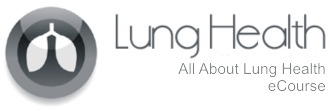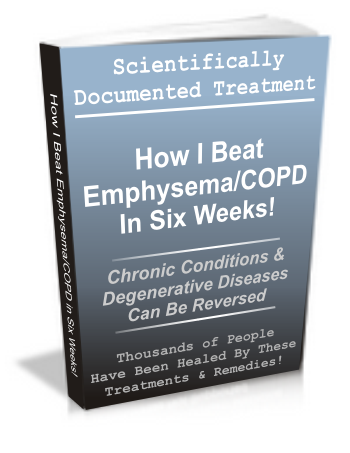
Lesson 2: How Do Lungs Work?
Think of your lungs as a tree turned upside down. A long trunk (called the trachea) leads to thick branches. Off those branches (bronchi) shoot smaller limbs (bronchioles). At the ends are the leaves (alveoli).
Through the airways – the trachea, bronchi, and bronchioles – passes air, containing about 18% oxygen. It moves down to the leaves – the alveoli, which are tiny, thin-walled sacs. Their thin walls and chemical properties allow them to act like exchange filters, soaking up oxygen and giving up carbon dioxide.
Breath in (inspiration), and your blood absorbs oxygen. Breath out (exhalation) and you expel one waste product of metabolic processes, carbon dioxide. That inhalation process is possible because of two anatomical facts: muscle strength and tissue elasticity.
The muscles of the diaphragm (a large sheet just above the stomach and below the rib cage) pulls down as you breathe. That causes the lungs to expand, creating what is called ‘negative pressure’.
The pressure isn’t actually less than zero. What the phrase means is that the pressure inside the lungs is lower than it is outside, and air moves from high pressure to low pressure areas. Picture it like a balloon in reverse. Inside a balloon the air pressure is higher than it is outside, so when you open the neck, air rushes out. In breathing, you have the ‘negative’ situation.
That process in turn only works because the lungs, airways, and alveoli are all elastic. That is, they stretch under tension and return when the tension is lowered again. That circumstance can exist because the lung contains thousands of elastic fibers that surround the airways and line the walls of the alveoli.
Along with those large-scale physical parameters, there are smaller properties that keep the whole system functioning. The alveoli, which collectively would look like a big round sponge, are what is known as ‘semi-permeable membranes’. That is, they let gases pass back and forth, but keep fluid (the blood) from leaking into the airways.
That gas exchange can occur because the alveoli (remember, these are the tiny sacs that do the transfer) are surrounded by blood vessels. Those blood vessels, called capillaries, are very small-diameter tubes through which the blood passes.
Because of their narrow width, and the relatively large surface area provided by thousands upon thousands of alveoli, the carbon dioxide held in the blood diffuses across the membranes and into the airways. From there, simple exhalation expels the CO2 outside the body.
That cycle – oxygen in, CO2 out – is called respiration and it is a key component of the body’s effort to feed all its complex biochemical reactions and dispose of an important waste product.
Lung impairment results when this exchange can’t be carried out efficiently, because of loss of elasticity, destruction of the alveoli, and other effects of lung disease. Lung health is optimized by exercise, diet, lifestyle choices, and more by maximizing that elasticity and lung capacity.
End of Lesson 2
To access the next lesson click its #/title in the right sidebar >>
The treatment Jim did is one of the world’s most scientifically demonstrated & documented alternative treatments. Healing successes by it have been documented thousands of times, even in mainstream medical journals, going back over 100 years. Yet, many doctors know little to nothing about it, as Jim’s doctor didn’t. This list of medical journals includes one of the most prominent, JAMA (The Journal of the American Medical Association).
This natural substance is essential to how lungs work …

 Are you ready to read Jim’s amazing full recovery story, the detailed natural program he did and thousands of others have done, and much more?
Are you ready to read Jim’s amazing full recovery story, the detailed natural program he did and thousands of others have done, and much more?
If you are, simply click on “Purchase eBook” at the top of this page. You can have your e-book downloaded to your computer and be reading it in only minutes from now!



